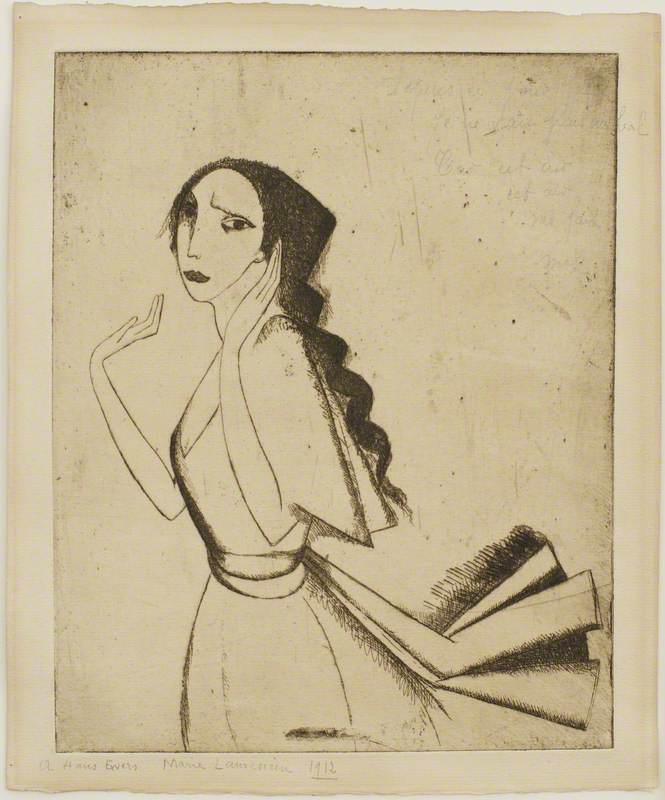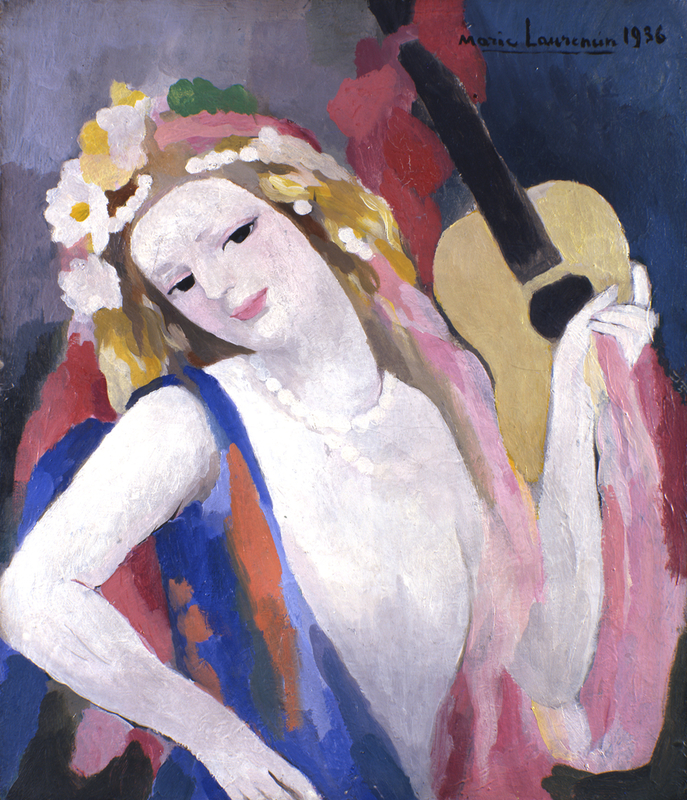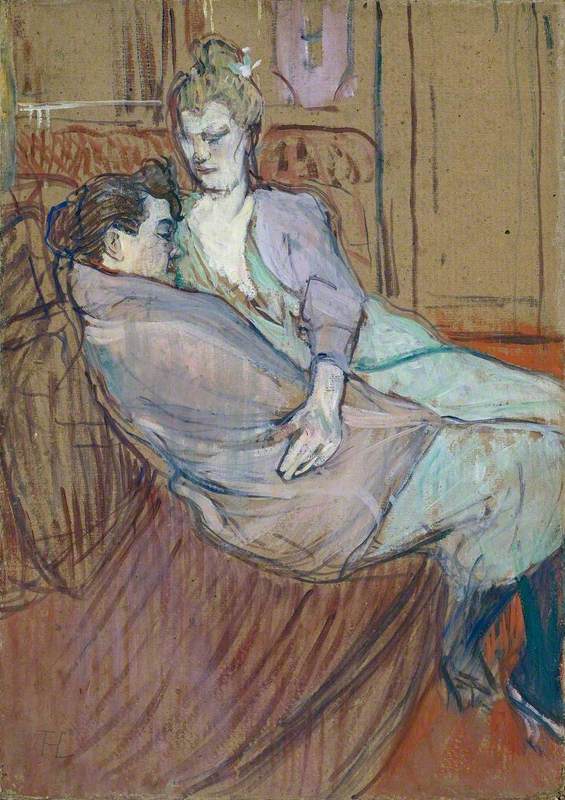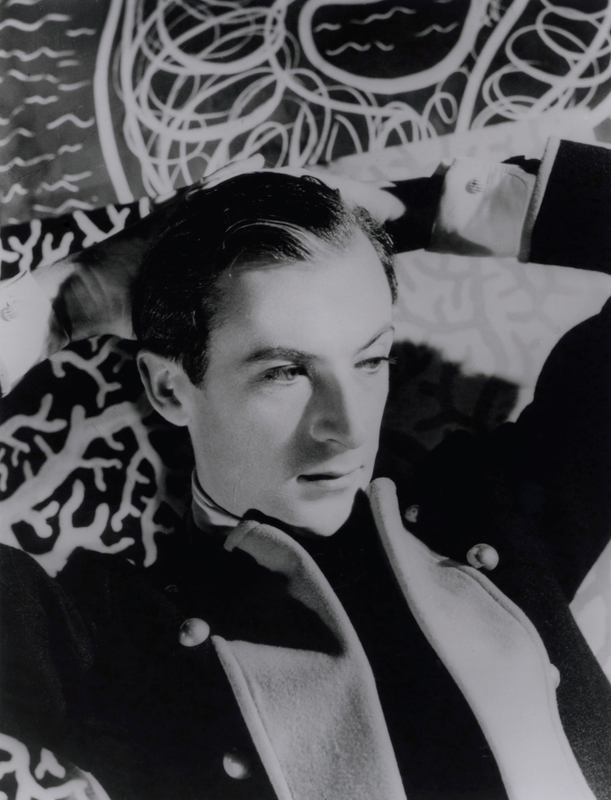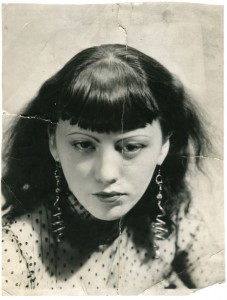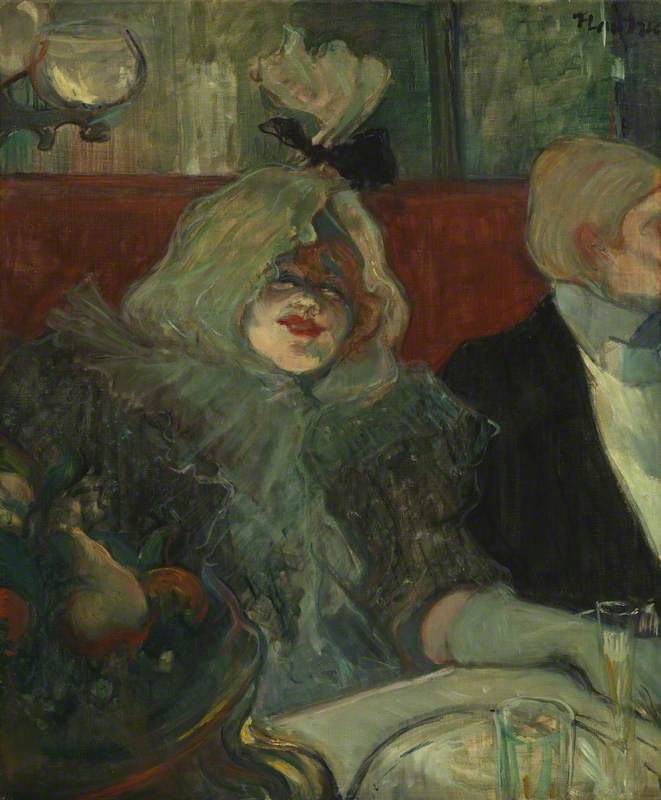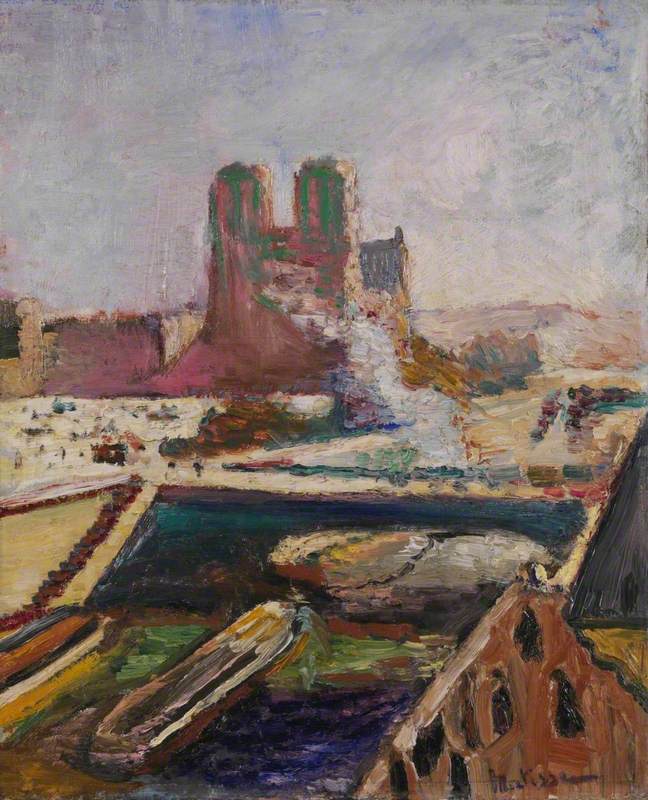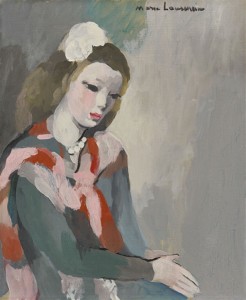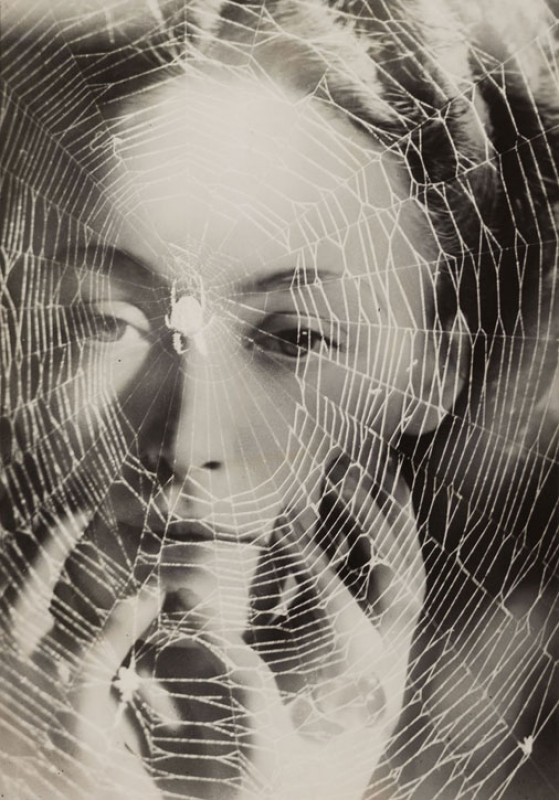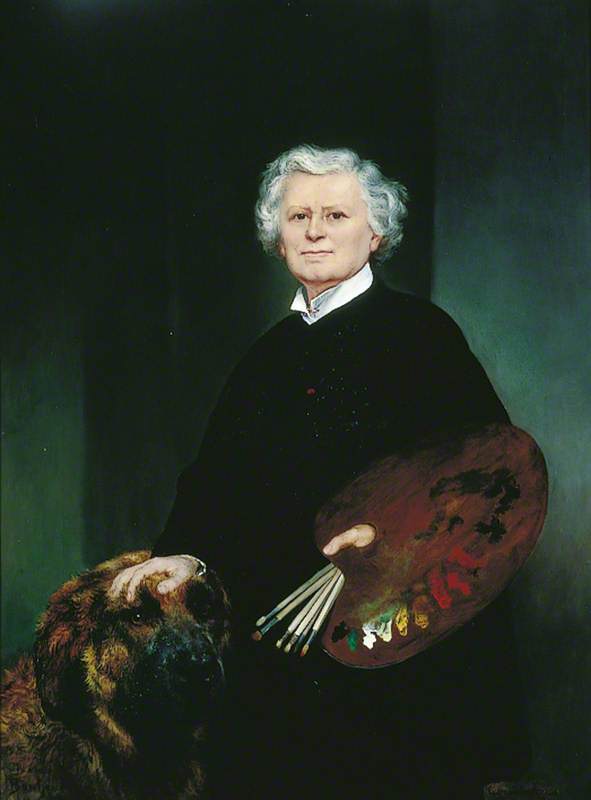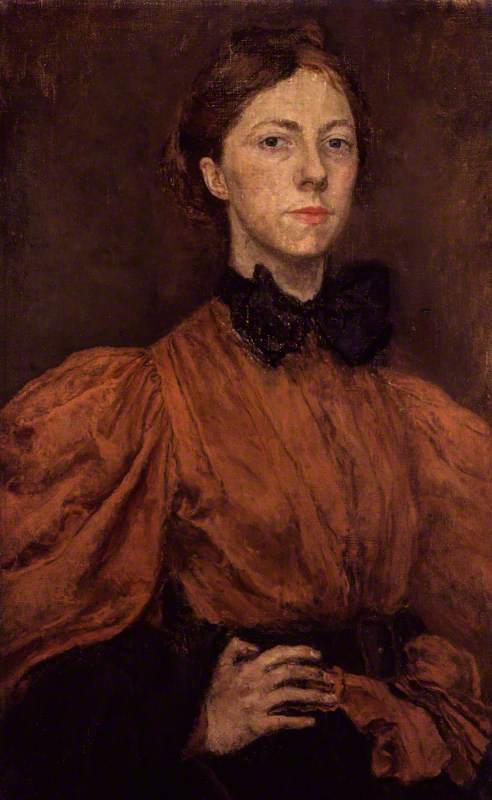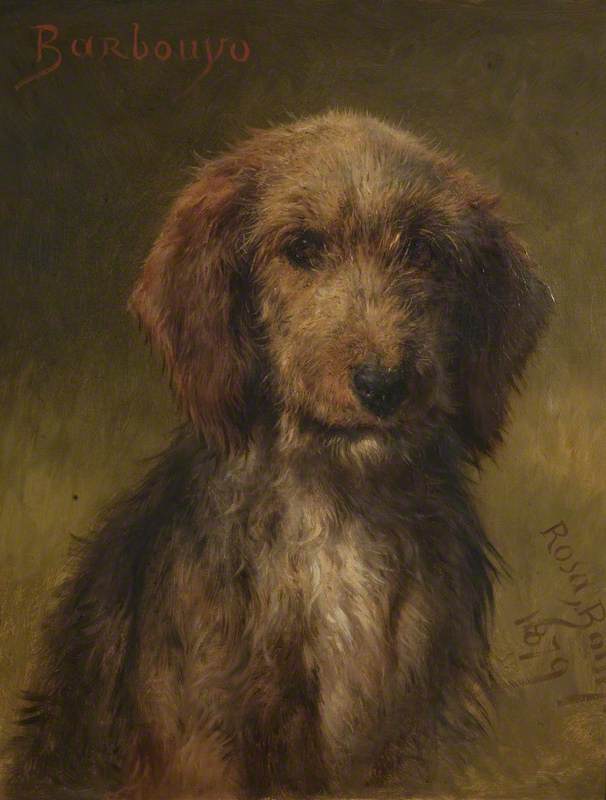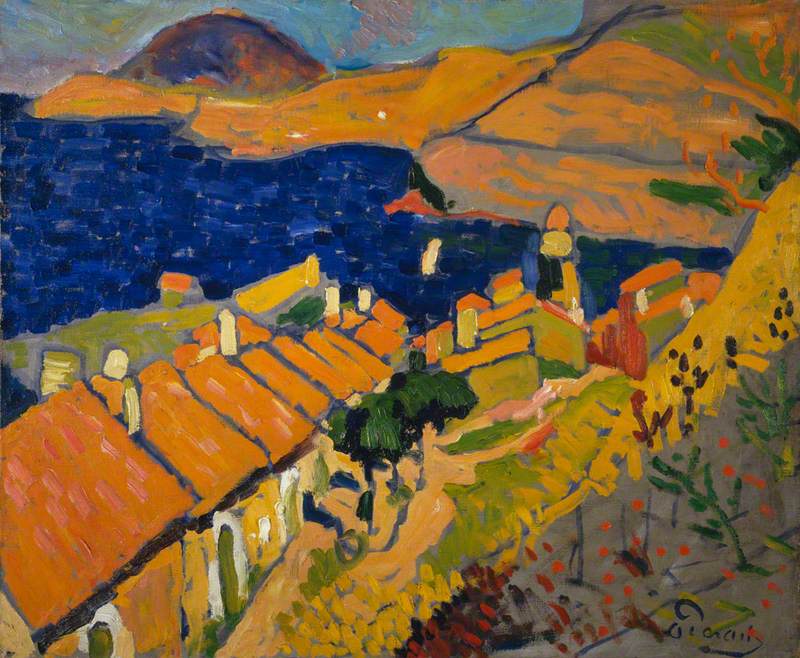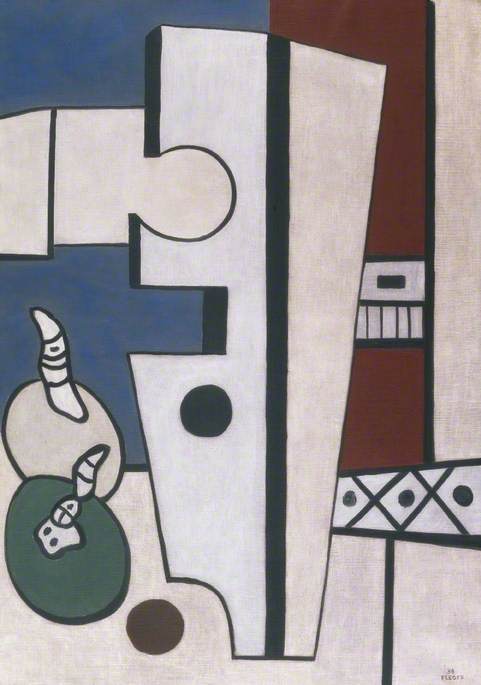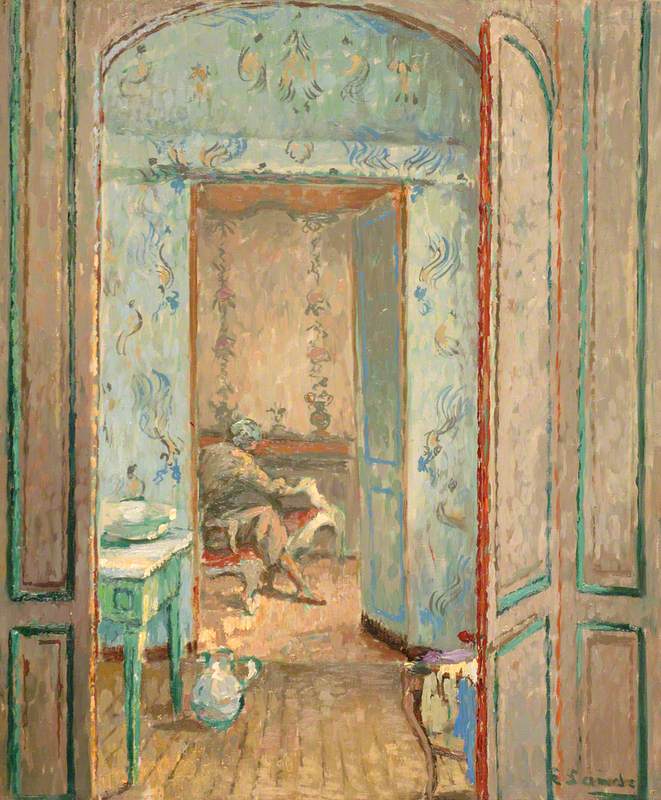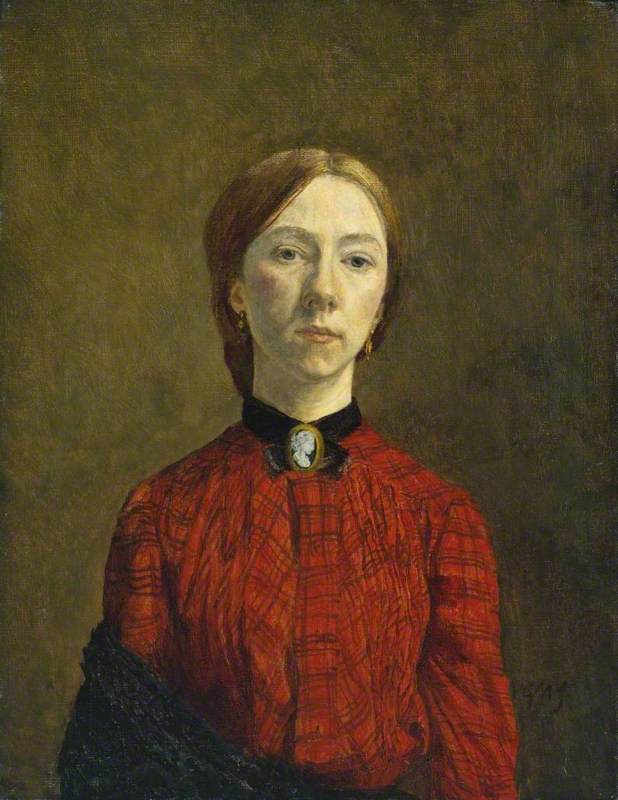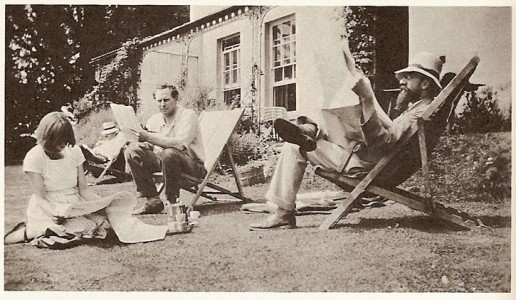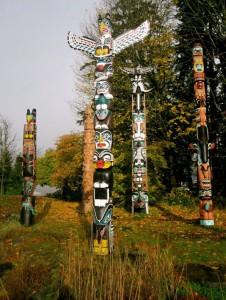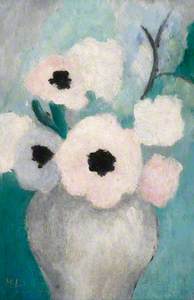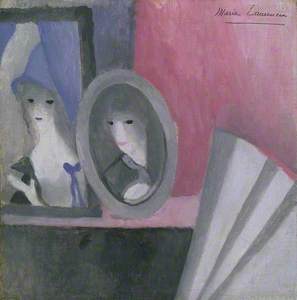This story is part of a series about the representation of multiple gender attraction in arts and heritage, using research undertaken as part of the Whose Heritage? research project at Culture&. For more information, you can read the introduction to the series, and discussion around terminology.
Marie Laurencin was one of the most brilliant avant-garde artists of the early twentieth century. As a woman, her work was often not regarded as highly as that of her contemporaries in the Cubist movement. Her art was influenced by both Cubism and Fauvism but did not align fully with these movements and took on a unique style of its own. Laurencin's subjects were mainly portraits of women, and her choice of colours and imagery offer a dream-like feminine utopia.
Laurencin achieved success during her lifetime with her art and was considered one of the 'four queens of french culture' alongside the writer Colette, designer Coco Chanel and actress Valentine Tessier. Her life was in the public sphere due to her fame and her associations with other prominent people at the time. Laurencin's work has been both explored from a feminist and queer perspective in recent years and it is interesting to see how her life and work give us insight into queer subculture in twentieth-century Paris.
Laurencin was one of the only women in the creative collective of artists and writers known as Section d'Or. Laurencin often made reference to the gender divide and how being a woman set her work apart from other artists at the time. She once said: 'Cubism has poisoned three years of my life, preventing me from doing any work... As long as I was influenced by the great men surrounding me I could do nothing.'
Critics have said that her works rely too much on gendered stereotypes of fragile femininity to be considered feminist, while others have said that her work subverted the prescribed masculinity of artist communities. Being one of the few well-known female artists at the time, her emphasis on gender was an important way to highlight that women can make art just as well as men and offered depictions of women outside of the male gaze.
Laurencin's relationship with poet Guillaume Apollinaire is considered one of the focal points in her life. During their relationship, she was more commonly known as Appolinaire's muse than as an independent artist. He often said that Laurencin was 'me in feminine form'. Apollinaire and his Friends is considered to be her most famous painting and depicts her lover and his friends, including Picasso. This work is not in the distinctive style she is known for but its success may be because of whom this painting portrays.
View this post on Instagram
With her marriage with Otto van Watjen and high-profile relationship with Apollinaire, there is more discussion about Laurencin's relationships with men. She was known for her open attitude and to have relations with people of different genders. Biographies and interpretation have refrained from labelling Laurencin's sexuality and have often acknowledged her multiple gender attraction. Her artistic style and depictions of women perhaps reflect explorations of her sexuality.
La guitare shows a woman with flowers in her hair looking at the viewer. The pose of the woman is playful, with her hand on her hip. The expression on her face is mischievous and there is an emphasis on her seductive eyes in contrast with her pale skin. There is an erotic energy to this painting through body language and the pink material held in the woman's left hand. Laurencin's paintings from around this time often depict women with instruments, in groups or dancing. Laurencin was very open about her preference for painting women – she said: 'I feel perfectly at ease with everything that is feminine'.
The Fan depicts two women in picture frames on a table. This work was completed while Laurencin was in Spain during the First World War with her husband Otto van Watjen. Many say that Laurencin painted herself as the woman in the oval frame or mirror. It has been suggested that the woman in the frame with the dog is Nicole Groult, a dressmaker with whom Laurencin may have been in a relationship for several years.
The colour palette of blue, grey and pink shows the development of her new approach. It was during and just after her time in Spain that she explored this distinctive style and also began to focus on women. It is interesting to consider whether Laurencin found that being somewhere new allowed her more freedom to explore new ideas, or if her longing for Paris was inspiring her work.
Marie Laurencin in her atelier
1932, photograph by unknown artist 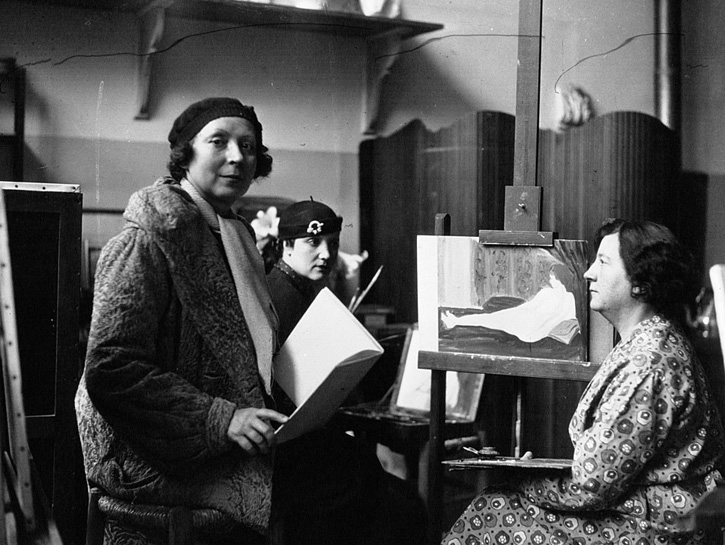
Laurencin was born and lived in Paris for the majority of her life. As we saw with Gwen John, being in Paris gave her the freedom and opportunity to explore a more unconventional lifestyle. Both Laurencin and John had different experiences of the city but it is interesting to explore if and how they related to the queer subcultures. What was it about Paris in the early twentieth century that allowed this queer bohemian space?
In France, homosexual acts were decriminalised in 1791 after the French Revolution. Of course decriminalisation didn't mean that attitudes in general society had majorly shifted but during La Belle Époque, the era known for cultural and artistic development in Paris, discretion allowed the underground LGBTQ+ scenes to flourish.
With the idea of the 'New Woman', and women taking on more roles during the war years, women became more independent. Paris' Left Bank became the epicentre of queer expatriate women in Paris – there you could find book shops, bars or the design shop Jean Désert owned by Eileen Gray, who was also known to have had relationships with both men and women.
This image is painted by Henri de Toulouse-Lautrec, a painter known for spending time in the bohemian areas of Paris such as Montmartre. He started to draw the people he encountered, especially the sex workers in brothels he visited. This image, called The Two Friends, has obvious queer connotations with two women holding each other close.
It is clear that Laurencin's gender was very entwined with how she was perceived as an artist, and it is not a surprise that Laurencin sought out to find other creative women that shared her experience. Laurencin became friends with Natalie Clifford Barney, a famous writer who had a reputation at the time for her same-sex interests. Barney ran salons every week in her house which became a regular place for women who were attracted to women to meet each other.
It was during this time that Laurencin met the legendary lesbian Gertrude Stein who bought one of her first artworks. It is interesting to consider that Laurencin's openness about her sexuality and her associations with these people did not have a negative impact on her reputation or success.
In her later life, Laurencin was successful enough to buy her own property and lived with Suzanne Moreau, who she first employed as a maid. Many have suggested that Moreau was Laurencin's partner although no evidence has been found to support this. Even though she was an adult, Laurencin adopted Moreau as her daughter a few years before her death, which meant she was the beneficiary of Laurencin's property and money. Before marriage equality was more common, people in same-sex relationships did this to ensure their partners had legal rights (as explained in a New York Times article).
Moreau protected Laurencin's letters and personal belongings from being viewed by the public and scholars. This is a reminder that whilst Laurencin lived this bohemian lifestyle in an unconventional setting, legally and socially, much of Paris and the wider world were less comfortable with same-sex relationships.
Portraits (Marie Laurencin, Cecilia de Madrazo and the Dog Coco)
1915
Marie Laurencin (1883–1956) 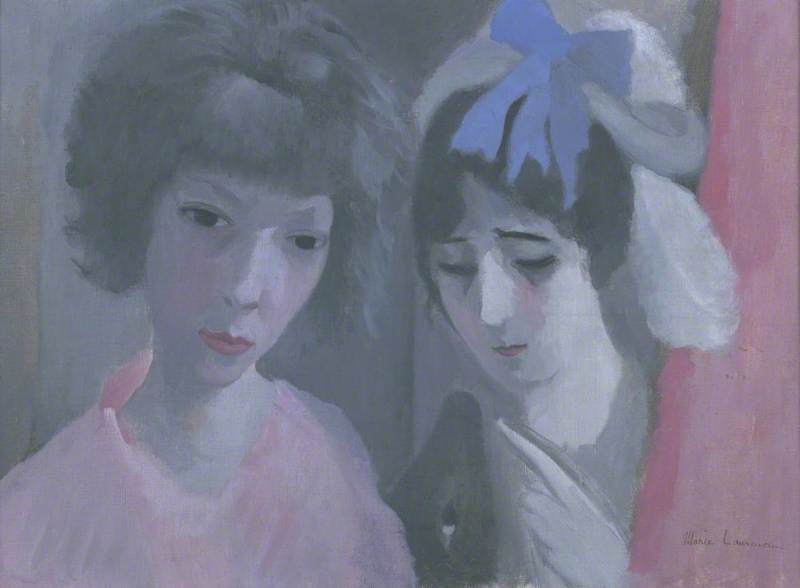
Of the three artists explored in this series, Marie Laurencin's art has been my favourite with her unique depictions and interesting twists on portraying women in pastel. Laurencin's paintings offer us an insight into sexuality that I personally can relate to. There is a fluidity to her work, the indistinctive shapes, delicate women and blend of colours creates a romantic vision and fantasy.
Despite the softness to the work, there is a real sense that Laurencin was confident and comfortable in her attraction to multiple genders, which may be attributed to her friends and the bohemian lifestyle she had built for herself. There is a sense that the sapphic subculture of Paris in the early twentieth century may be the closest reality she could get to the dreamy worlds she visualised in her paintings.
Tabitha Deadman, Whose Heritage? Research Resident at Culture&
Read the other stories in this series, examining the artists Gwen John (1876–1939) and Dora Carrington (1893–1932) in the context of multiple gender attraction

